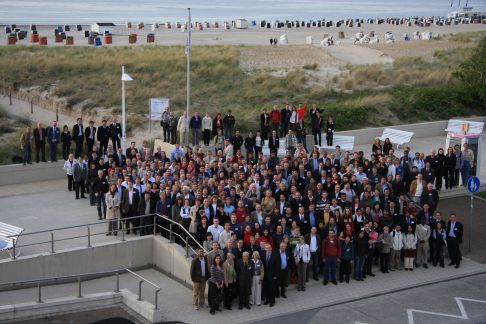
The World's Strongest Ferroelectric Ferromagnet
November 29, 2010Scientists have created the world's strongest ferroelectric ferromagnet - a rare material that is electrically polarized while also having a permanent magnetic field. In 2006, scientists had theoretically predicted that europium titanate (EuTiO3), which is antiferromagnetic, should exhibit both ferroelectric and ferromagnetic properties if grown as thin films on a substrate to induce a compressive strain on the material. Now, a collaborative team has carried out experiments to confirm these predictions. They discovered that when EuTiO3 was grown at a thickness of around 20nm on a slightly mismatched dysprosium scandate (DyScO3) substrate, the crystal lattice expanded by about 1 per cent. This created sufficient strain to cause the material to exhibit both ferromagnetic and ferroelectric properties 1000 times stronger than any previous known multiferroic material. (Nature)
New Ferrofluid Movie
November 21, 2010 Ferrofluids under the influence of a magnetic field are always exciting. Here in a movie from Roseal in Romania.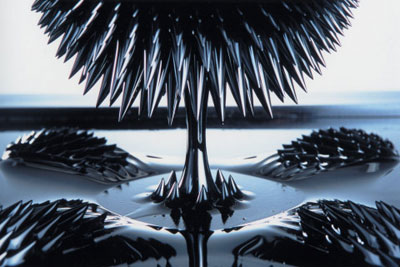 Movie
Movie
A Facile Template-Free Approach to Magnetodriven, Multifunctional Artificial Cilia
August 14, 2010Jaakko Timonen, Robin Ras et al. did an excellent job at growing flexible and magnetic artificial cilia without templates. The magnetic cilia formed spontaneously from a suspension of micrometer-sized ferromagnetic particles and elastomeric polymer in a liquid solvent when dried in an external magnetic field. The millimeter-sized cilia mimics were mechanically stable.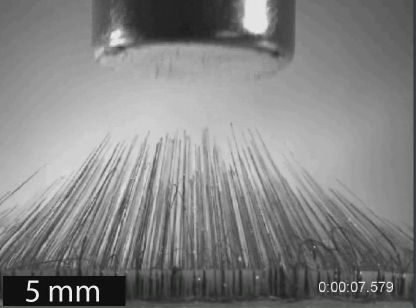
Nanoscale Scanning Probe Ferromagnetic Resonance Imaging Using Localized Modes
August 12, 2010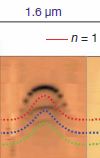
Magnetic Actuation of Drug Release Leads to Cell Death
August 07, 2010 Courtney Thomas, Jinwoo Cheon and Jeffrey Zink et al. just published an exciting article in JACS about the remote actuation of drug release in cell culture. They used mesoporous silica nanoparticles in an oscillating magnetic field and thus induced hyperthermia. A novel material that incorporates zinc-doped iron oxide nanocrystals within a mesoporous silica framework that has been surface-modified with pseudorotaxanes is described. Upon application of an AC magnetic field, the nanocrystals generate local internal heating, causing the molecular machines to disassemble and allowing the cargos (drugs) to be released. When breast cancer cells (MDA-MB-231) were treated with doxorubicin-loaded particles and exposed to an AC field, cell death occurred (see picture). This material promises to be anoninvasive, externally controlled drug delivery system with cancer-killing properties.
Courtney Thomas, Jinwoo Cheon and Jeffrey Zink et al. just published an exciting article in JACS about the remote actuation of drug release in cell culture. They used mesoporous silica nanoparticles in an oscillating magnetic field and thus induced hyperthermia. A novel material that incorporates zinc-doped iron oxide nanocrystals within a mesoporous silica framework that has been surface-modified with pseudorotaxanes is described. Upon application of an AC magnetic field, the nanocrystals generate local internal heating, causing the molecular machines to disassemble and allowing the cargos (drugs) to be released. When breast cancer cells (MDA-MB-231) were treated with doxorubicin-loaded particles and exposed to an AC field, cell death occurred (see picture). This material promises to be anoninvasive, externally controlled drug delivery system with cancer-killing properties.
Cobalt Nanoparticles Useful in Advanced Lithium-Ion Batteries
August 02, 2010To check it out yourself, go to the ACS Nano article here.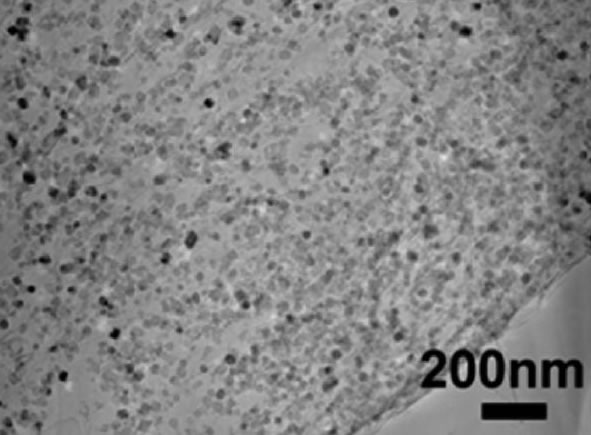 Zhong-Shuai Wu, Hui-Ming Chen et al are reporting a facile strategy to synthesize the nanocomposite of Co3O4 nanoparticles anchored on conducting graphene as an advanced anode material for high-performance lithium-ion batteries. The Co3O4 nanoparticles obtained are 10-30 nm in size and homogeneously anchor on graphene sheets as spacers to keep the neighboring sheets separated. This Co3O4/graphene nanocomposite displays superior Li-battery performance with large reversible capacity, excellent cyclic performance, and good rate capability, highlighting the importance of the anchoring of nanoparticles on graphene sheets for maximum utilization of electrochemically active Co3O4 nanoparticles and graphene for energy storage applications in high-performance lithium-ion batteries.
Zhong-Shuai Wu, Hui-Ming Chen et al are reporting a facile strategy to synthesize the nanocomposite of Co3O4 nanoparticles anchored on conducting graphene as an advanced anode material for high-performance lithium-ion batteries. The Co3O4 nanoparticles obtained are 10-30 nm in size and homogeneously anchor on graphene sheets as spacers to keep the neighboring sheets separated. This Co3O4/graphene nanocomposite displays superior Li-battery performance with large reversible capacity, excellent cyclic performance, and good rate capability, highlighting the importance of the anchoring of nanoparticles on graphene sheets for maximum utilization of electrochemically active Co3O4 nanoparticles and graphene for energy storage applications in high-performance lithium-ion batteries.
Magnetic Carrier Meeting 2010 in Rostock a Big Success !
June 15, 2010The 8th International Conference on the Scientific and Clinical Applications of Magnetic Carriers took place in Rostock, Germany from May 25-29, 2010 and was again a full success. We had 370 participants from 43 countries! For more details and the program, see here.
Core-Shell Magnetic Morphology of Structurally Uniform Magnetite Nanoparticles
May 21, 2010Using refined neutron-scattering techniques, Kathryn Krycka of the National Institute of Standards and Technology in Gaithersburg, Maryland, Sara Majetich at Carnegie Mellon University and others probed the three-dimensional magnetic structure of magnetite nanoparticles nine nanometres wide. In the presence of an external magnetic field, they found a shell layer 1.0%u20131.5 nanometres thick in which magnetization was angled at 90° to the particle%u2019s core. Phys. Rev. Lett. 104, 207203 (2010) The findings indicate that nanoparticles cannot be assumed to have uniform magnetic moments. That these findings are rather weird is even better described by this comment from NIST itself: http://www.nist.gov/ncnr/magnetite_052510.cfm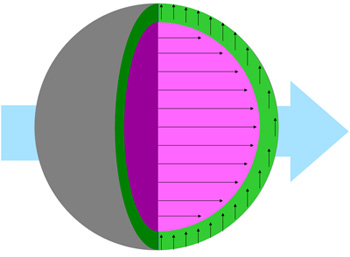 Experimental findings confirm a theoretical prediction that certain chemically uniform nanoparticles have magnetically distinct cores and shells.
Experimental findings confirm a theoretical prediction that certain chemically uniform nanoparticles have magnetically distinct cores and shells.
Manhattan Scientifics Touts Breast Cancer Detection Tool
May 03, 2010Nanotechnology developer Manhattan Scientifics said it is looking for a partner to develop and commercialize a biomagnetic-based imaging system that aims to identify breast cancer three years earlier than mammograms. The radiation-free system was developed by Edward Flynn, Ph.D; Manhattan Scientifics acquired exclusive rights to the technology in February. It uses magnetic field sensors to measure small magnetic fields emitted by nanoparticles that have been injected into the body and targeted specifically toward cancer cells, the New York City company said. Manhattan Scientifics believes the biomagnetic imaging technique can identify and image tiny clusters of cancer cells, allowing for cancer detection at a substantially earlier stage than currently possible. The biomagnetic sensor method is also applicable to ovarian, leukemia, prostate, and potentially other cancers, the firm said. For more information, check out their website. Also, Ed Flynn does not like that the medical industry largely continues to ignore the need to focus on emerging technologies that can be used earlier. These technologies may help avoid the misdiagnosis issues plaguing mammograms and give a DCIS (or other breast cancer) diagnosis with 100% specificity. Check out his commentary about this here.
Pulsed Magnet System for Sale
April 05, 2010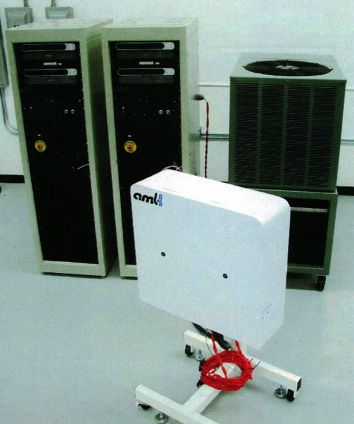 Mike Sabo at Pulse Therapeutics Inc. has a complete two-coil, water cooled pulsed resistive magnet system for sale. They used it to to explore magnetic catheter navigation and magnetic particle delivery modalities. If you are interested in acquiring this system, please check out the details here.
Mike Sabo at Pulse Therapeutics Inc. has a complete two-coil, water cooled pulsed resistive magnet system for sale. They used it to to explore magnetic catheter navigation and magnetic particle delivery modalities. If you are interested in acquiring this system, please check out the details here.
Magnets 'can modify your morality'
April 01, 2010Scientists have shown they can change people's moral judgements by disrupting a specific area of the brain with magnetic pulses. They identified a region of the brain just above and behind the right ear which appears to control morality. And by using magnetic pulses to block cell activity they impaired volunteers' notion of right and wrong. The small Massachusetts Institute of Technology study appears in Proceedings of the National Academy of Sciences. Lead researcher Dr Liane Young said: "You think of morality as being a really high-level behaviour. "To be able to apply a magnetic field to a specific brain region and change people's moral judgments is really astonishing." Read more here.
Are Magnetic Particles used on the German Bob Sleds in the Olympic Games in Vancouver 2010?
February 15, 2010Pain, a 39-year-old Calgarian who won the silver medal at the 2006 Olympics in Turin, Italy, says he and his Canadian teammates are at a distinct disadvantage at the Vancouver Games because he says the Germans are using illegal magnetic components in their sleds. "I know for a fact they have a magnetic component in their sleds and I do question whether that%u2019s legal or not." What do you think, could they be using ferrofluids in their sleds? Check out more of these rumours here.
Interesting Special Issue
February 14, 2010The cover page to the left here highlights that proteins serve to both passivate iron oxide nanoparticles and modulate their cellular uptake. The picture was designed by Vincent Rotello (J Mater Chem 19 (2009) 6328)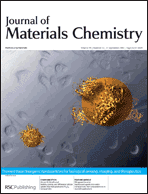 It is not the newest issue of the "Journal of Materials Chemistry" that I found here, but there are quite a few interesting articles in it that concern magnetic particles. Check out this special issue edited by Jinwoo Cheon from Yonsei University, Seoul, Korea. You can access the table of contents here.
It is not the newest issue of the "Journal of Materials Chemistry" that I found here, but there are quite a few interesting articles in it that concern magnetic particles. Check out this special issue edited by Jinwoo Cheon from Yonsei University, Seoul, Korea. You can access the table of contents here.
The Next Great Magnet
February 03, 2010All of us know that NdFeB magnets are the strongest permanent magnets. However, why that is and what is important in magnet development, most of us are not that sure. Peter Campbell, however, does know, and has written a nice article about it. Check it out here.
For more information, check out our Archives.
September 2017
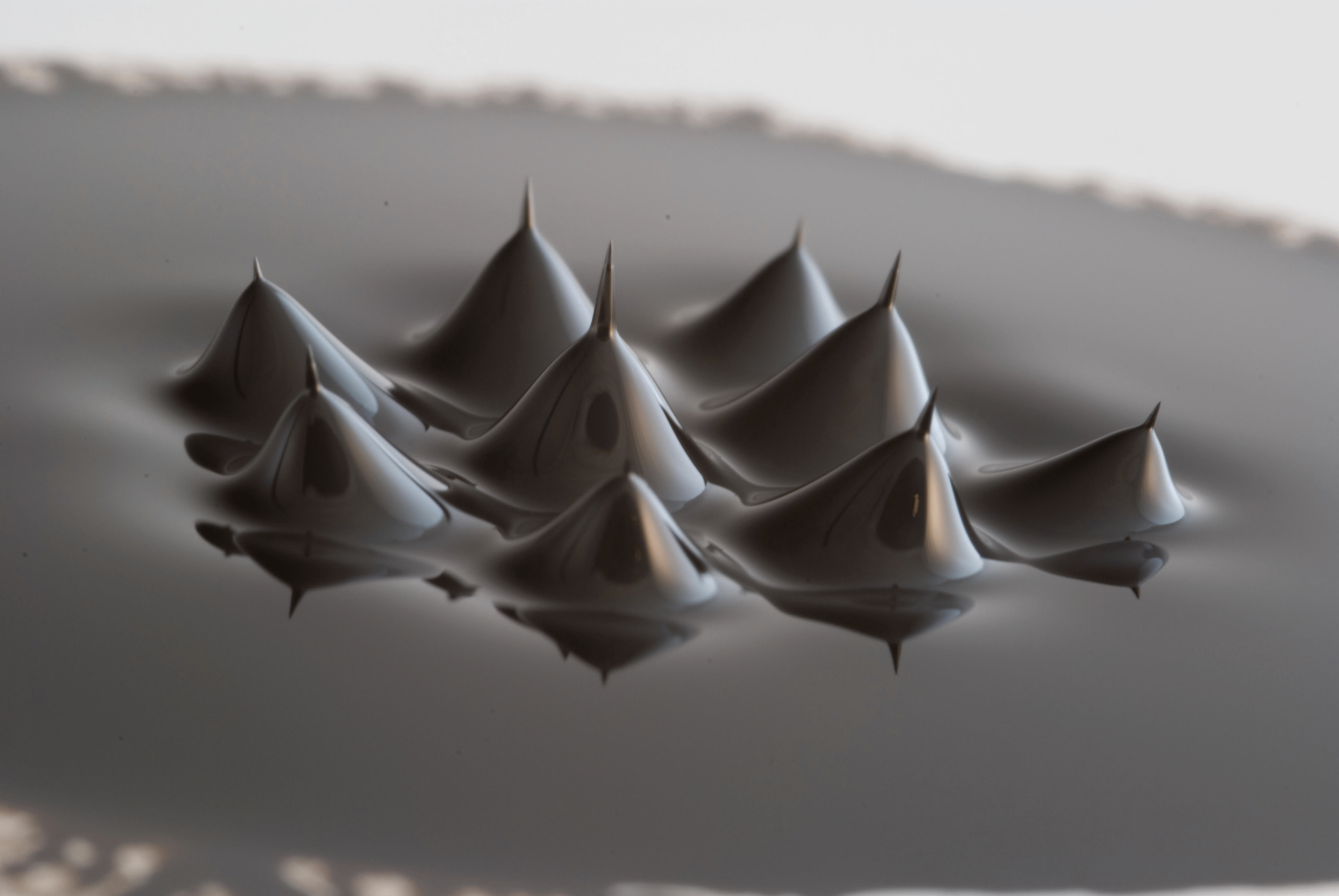
Search this site with the power of

